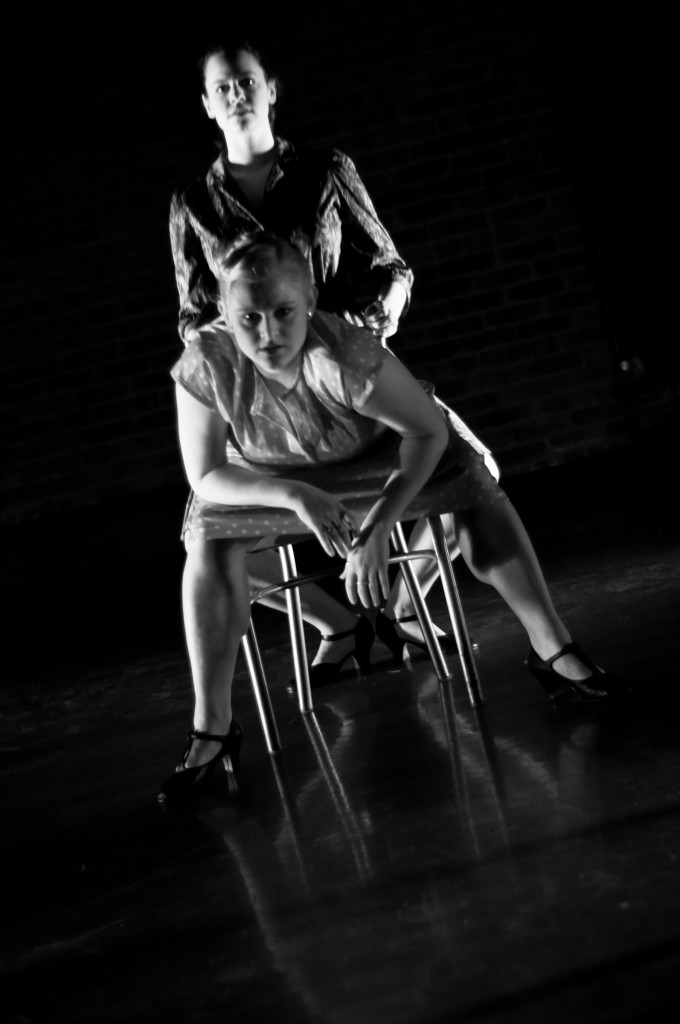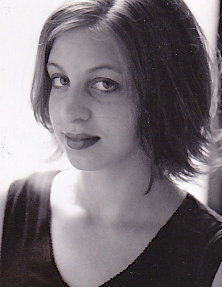by Lauren Warnecke
When I write, my environment is really important. There are two spots in my house that I like to sit and write: the dining room table and the desk in my office. When those aren’t working, there’s always the neighborhood coffee shop and my desk at work. I’m not sure what it is about those spaces in particular, but something about the “energy” of those spots let’s me write.

If you want to make dances, you need space….
… and you don’t always have a choice of what that space will look like or if the “energy” there will be conducive to creating. As a dancemaker, there are restrictions to the types of workspace you can use. There are considerations such as having a safe floor, a convenient location, and finding something that’s affordable and matches up with your dancers’ schedules. These are things that just don’t factor in to other creative endeavors like music or writing.
As a result, we sometimes find ourselves in strangely shaped rooms with polls, late at night, where we’re forced to crank out as much material as we can in one or two hours.
In other words, there are obvious challenges to finding physical space to make dances. However, more and more programs are becoming available to offer rehearsal space to choreographers for little or no money. In Chicago alone, there are several programs such as LinkUp and DanceBridge that you can apply for to receive free rehearsal space in exchange for volunteer hours. Additionally, there is a long list of alternative affordable spaces that are really suitable for dance.
You might also consider joining an artists’ cooperative. By paying a monthly “share” of a workspace, you give yourself consistent access to a space you’re comfortable in, and often end up paying less than the hourly rate you might pay somewhere else.The elephant in the room (or rather, this article) is that “space” isn’t always just a matter of a room full of dancers with a sprung floor. Space comes in more than one form, all of which are important to the creative process. In addition to the room, there’s the space we have to make in our brains and in our lives to give our work the time it deserves to steep, evolve, and change.
I’ve been fortunate this year to be part of a program that includes the creation of one piece over the course of a “season” of shows with the support of an apprentice Production Manager. Designed to “strengthen the longevity of self-producing artists’ processes and their ability to create public work”, this program does triple duty: giving me space, space, and space. That is to say, I’m given access to two performance spaces at a discounted rate, space in my brain with the added production support, and space for the work to breath and change (the two shows are separated by a self-selected period of 3 to 9 months).
Pico Iyer spoke about “stillness” at this year’s Dance/USA conference. You can read my thoughts on that here, but perhaps the stillness he spoke of is really just space. Dancers rarely, if ever, can make dance the sole source of their income. We spend so much time commuting from job to job, serving blue plate specials and making lattes.
Then, when we do make time for our work, there’s the constant texting, tweeting, and extra energy spent coordinating dancers’ schedules (which are all as busy as yours), managing press releases, making postcards, and then, lastly, creating the work. In my own work, I admit that I hardly take the time the work desires to sit and let it steep in my brain. Many dances were finished not by improvising in a spacious studio in front of a camera, but from the seat of my bicycle commuting between jobs.
Wherever and whenever you find the space to create, both types of space – physical space and brain space – are equally important. But consider this: the more space you can carve out in your life, the less actual space you may need!
So even if that means grabbing a cup of coffee and staring out your dining room window, make space.

Contributor Lauren Warnecke is a Chicago-based dance artist, educator and writer. She trained at Judith Svalander School of Ballet and Barat Conservatory of Dance before earning a BA in Dance at Columbia College Chicago. In 2009, Lauren completed her MS in Kinesiology at the University of Illinois at Chicago. She is an adjunct instructor for the Department of Kinesiology at UIC, the Performing Arts Coordinator at the Menomonee Club for Boys and Girls, a member of the Cecchetti Council of America, and Neurotransmitter to Synapse Arts Collective (read: too many jobs).
Lauren created and maintains Art Intercepts as a platform for dance that is informed, inventive, and evidence-based. In addition to writing at 4dancers, Lauren is a columnist at Dance Advantage, specializing in dance injuries and prevention, dancer wellness, and evidence-based teaching practices. She also enjoys her freelance work as a grant writer and production manager and likes to grow strawberries, bake scones, and dig in the dirt.




